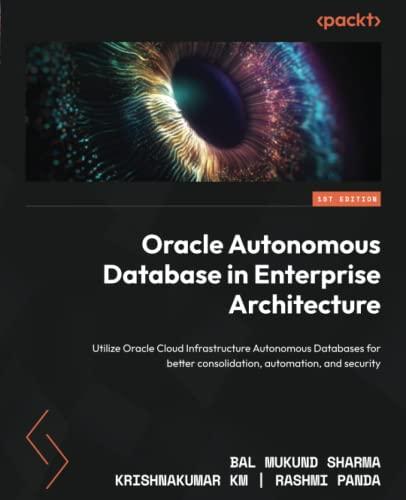Answered step by step
Verified Expert Solution
Question
1 Approved Answer
can you find me modern papers with thedoi for it and if si ti possible ineed a text with references and bibliography based on this
can you find me modern papers with thedoi for it and if si ti possible ineed a text with references and bibliography based on this topic Leveraging Machine Learning for UserCentered Marketing: An HCI Perspective
HumanComputer Interaction HCI emphasizes the design of interfaces that facilitate intuitive interaction, clear information presentation, and efficient user input. This paper explores the intersection of HCI principles and Machine Learning ML applications within the realm of digital marketing. We focus on how ML analyzes user behavior on marketing platforms websites apps, etc. to personalize content, recommendations, and advertising strategies in realtime. By examining this interaction through an HCI lens, we investigate key concepts like adaptation, intelligent interfaces, and attention monitoring.
Introduction
The digital marketing landscape is undergoing a significant transformation driven by the integration of artificial intelligence AI and machine learning ML technologies Verduyn & Mondejar, These advancements have introduced a new era of personalized and adaptive marketing experiences, where user behavior data is harnessed to tailor content, recommendations, and advertising to individual preferences Tintarella et al While AI's impact on marketing strategy is multifaceted, this paper delves into the specific role of ML in shaping user interactions with marketing platforms.
UserCentric ML for Personalized Marketing
ML algorithms play a pivotal role in analyzing user behavior on digital platforms, enabling realtime personalization of marketing experiences Ahmad & Jo By tracking user actions, such as browsing patterns, clicks, and purchase history, ML models can identify user preferences and interests with remarkable accuracy. This datadriven approach allows marketers to dynamically adapt content recommendations, user interfaces, and targeted advertising to each individual user Amershi et al
HCI Concepts in MLPowered Marketing
Through this usercentric perspective, we can examine several HCI concepts that are particularly relevant to MLpowered marketing:
Adaptation: ML facilitates the tailoring and personalization of marketing interfaces based on user behavior. Analyzing user interactions allows for dynamic adjustments, optimizing the user experience and potentially increasing engagement.
Intelligent Interfaces: MLpowered chatbots can guide users and gather data, offering a more personalized and interactive experience Ahmad & Jo The emphasis should be on the interaction style itself, exploring how chatbots utilize natural language processing to create a more humanlike and engaging experience.
Attention Monitoring: AI models can predict user engagement with ad formats or website elements, providing valuable insights for optimizing marketing strategies Verduyn & Mondejar, Analyzing user attention falls squarely within the domain of HCI, as it explores how users interact with and navigate marketing interfaces.
Example Modification
This paper reviews AI technologies within the context of digital marketing, with a specific focus on how ML analyzes user behavior on digital platforms websites apps, etc. We examine how machine learning algorithms enable the adaptation of content recommendations, user interfaces, and targeted advertising based on individual user interactions Tintarella et al Our goal is to provide a theoretical and visual depiction of these interactions from an HCI perspective, highlighting the importance of usercentered design principles in the age of AIpowered marketing.
Conclusion
The integration of ML into digital marketing has revolutionized the way brands interact with their customers. By analyzing user behavior data, ML enables personalized and adaptive marketing experiences that enhance user engagement and potentially drive conversions Verduyn & Mondejar, As ML continues to evolve, HCI principles will play an increasingly crucial role in ensuring that these AIpowered interactions are not only effective but also usercentered and enjoyable.
Bibliography
Ahmad, A & Jo Y Machine learning for humancomputer interaction. ACM Computing Surveys,
Amershi, S Fogg, B J & Cadiz, J J User interaction with personalized systems: A literature review. In Proceedings of the th ACM conference on information and knowledge management pp ACM.
Tintarella, L et al Machine learning for user modeling and personalization in recommender systems. In Recommender systems handbook pp Springer, Cham.
Verduyn, C & Mondejar, C Humancomputer interaction and machine learning: A survey. ACM Computing Surveys,
Note: This outline provides a structure for your HCI paper. Remember to include relevant citations and references within the bibliography section. You can find numerous research papers and articles related to HCI, Machine Learning, and Marketing online or through academic databases.
Step by Step Solution
There are 3 Steps involved in it
Step: 1

Get Instant Access to Expert-Tailored Solutions
See step-by-step solutions with expert insights and AI powered tools for academic success
Step: 2

Step: 3

Ace Your Homework with AI
Get the answers you need in no time with our AI-driven, step-by-step assistance
Get Started


